Crinan Jarrett
Fewer pests and more ecosystem service‐providing arthropods in shady African cocoa farms: Insights from a data integration study
Jarrett, Crinan; Cyril, Kowo; Haydon, Daniel T.; Wandji, Christel Alain; Ferreira, Diogo F.; Welch, Andreanna J.; Powell, Luke L.; Matthiopoulos, Jason
Authors
Kowo Cyril
Daniel T. Haydon
Christel Alain Wandji
Diogo F. Ferreira
Dr Andreanna Welch a.j.welch@durham.ac.uk
Associate Professor
Luke L. Powell
Jason Matthiopoulos
Abstract
Agricultural intensification is leading to conversion of cocoa agroforestry towards monocultures across the tropics. In the context of cocoa agriculture, arthropods provide a range of ecosystem services and dis‐services. Arthropod pests (e.g., mirids and mealybugs) can cause major damage to crops, whilst pollinators and natural enemies (e.g., predatory insects and parasitoids) have the potential to enhance agricultural yields. Understanding how intensification of cocoa farming affects different arthropod groups is therefore important in maximising the abundance of beneficial arthropod taxa and reducing pest burdens. However, little is known about the influences of agricultural intensification on tropical arthropod communities, especially in Africa, where ~70% of the world's cocoa is produced. Most research on arthropod communities considers data from different sampling methods separately, as proxies of abundance; whilst these proxies can be informative, estimating true abundance enables direct comparison between arthropod taxa, and therefore the study of community dynamics. Here, we develop a Bayesian hierarchical model that integrates data from three common arthropod survey techniques to estimate population size of arthropod orders and to investigate how arthropod community composition responds to farm shade cover (an indicator of management intensity). Our results show that eight of 11 arthropod taxa responded to farm shade cover; importantly, brown capsids (the primary pest of cocoa in Africa), Coleoptera pests and Hemiptera pests decreased with increasing farm shade cover, whilst Araneae (natural enemies) and Diptera (potential pollinators) were more abundant in shady farms. Synthesis and applications. To achieve lower pest burdens and higher abundances of potential pollinators and natural enemies, African cocoa farms should maintain a dense canopy of shade trees. The current shift towards high‐intensity cocoa farming in Africa could result in long‐term losses due to pest infestations and loss of arthropod‐mediated ecosystem services.
Citation
Jarrett, C., Cyril, K., Haydon, D. T., Wandji, C. A., Ferreira, D. F., Welch, A. J., Powell, L. L., & Matthiopoulos, J. (2024). Fewer pests and more ecosystem service‐providing arthropods in shady African cocoa farms: Insights from a data integration study. Journal of Applied Ecology, 61(2), 304-315. https://doi.org/10.1111/1365-2664.14563
| Journal Article Type | Article |
|---|---|
| Acceptance Date | Dec 1, 2023 |
| Online Publication Date | Dec 15, 2023 |
| Publication Date | 2024-02 |
| Deposit Date | Dec 20, 2023 |
| Publicly Available Date | Dec 20, 2023 |
| Journal | Journal of Applied Ecology |
| Print ISSN | 0021-8901 |
| Electronic ISSN | 1365-2664 |
| Publisher | Wiley |
| Peer Reviewed | Peer Reviewed |
| Volume | 61 |
| Issue | 2 |
| Pages | 304-315 |
| DOI | https://doi.org/10.1111/1365-2664.14563 |
| Keywords | sampling methods, Afrotropics, population size, agroforestry, community composition, hierarchical modelling, arthropods |
| Public URL | https://durham-repository.worktribe.com/output/2027667 |
Files
Published Journal Article (Advance Online Version)
(2.4 Mb)
PDF
Licence
http://creativecommons.org/licenses/by/4.0/
Publisher Licence URL
http://creativecommons.org/licenses/by/4.0/
Published Journal Article
(2.4 Mb)
PDF
Publisher Licence URL
http://creativecommons.org/licenses/by/4.0/
You might also like
Not all farms are created equal: Shady African cocoa farms promote a richer bat fauna
(2023)
Journal Article
Downloadable Citations
About Durham Research Online (DRO)
Administrator e-mail: dro.admin@durham.ac.uk
This application uses the following open-source libraries:
SheetJS Community Edition
Apache License Version 2.0 (http://www.apache.org/licenses/)
PDF.js
Apache License Version 2.0 (http://www.apache.org/licenses/)
Font Awesome
SIL OFL 1.1 (http://scripts.sil.org/OFL)
MIT License (http://opensource.org/licenses/mit-license.html)
CC BY 3.0 ( http://creativecommons.org/licenses/by/3.0/)
Powered by Worktribe © 2025
Advanced Search
